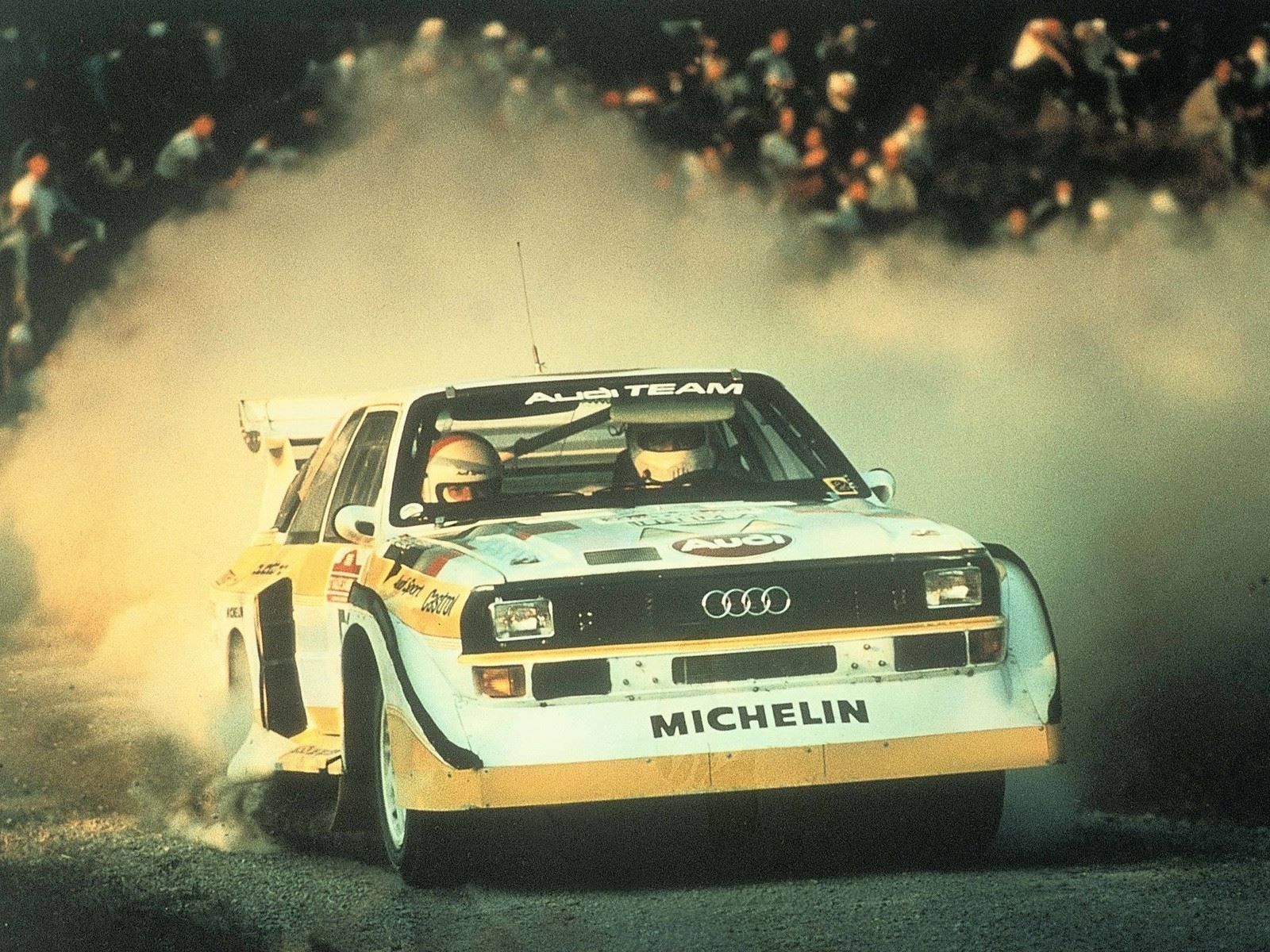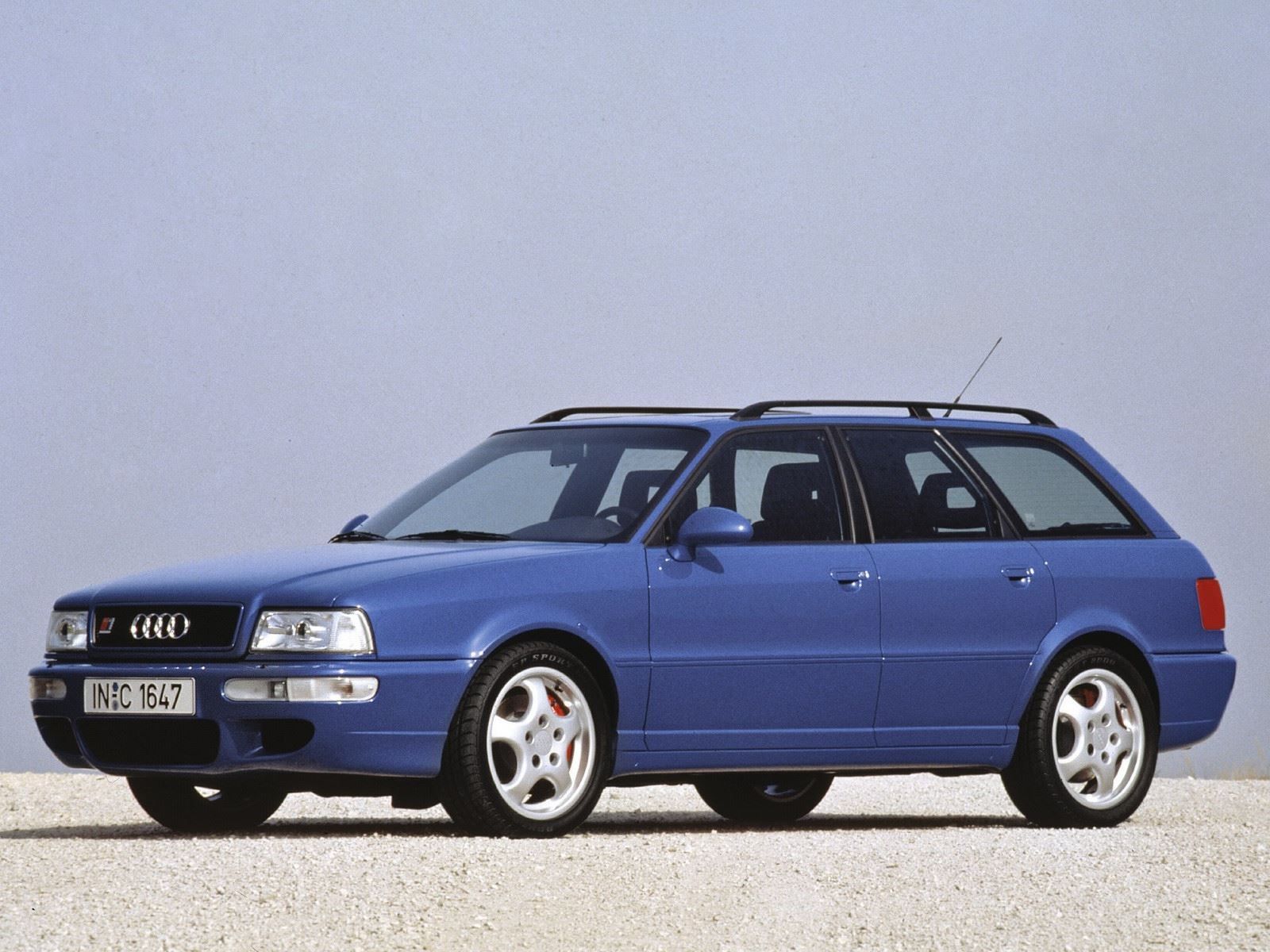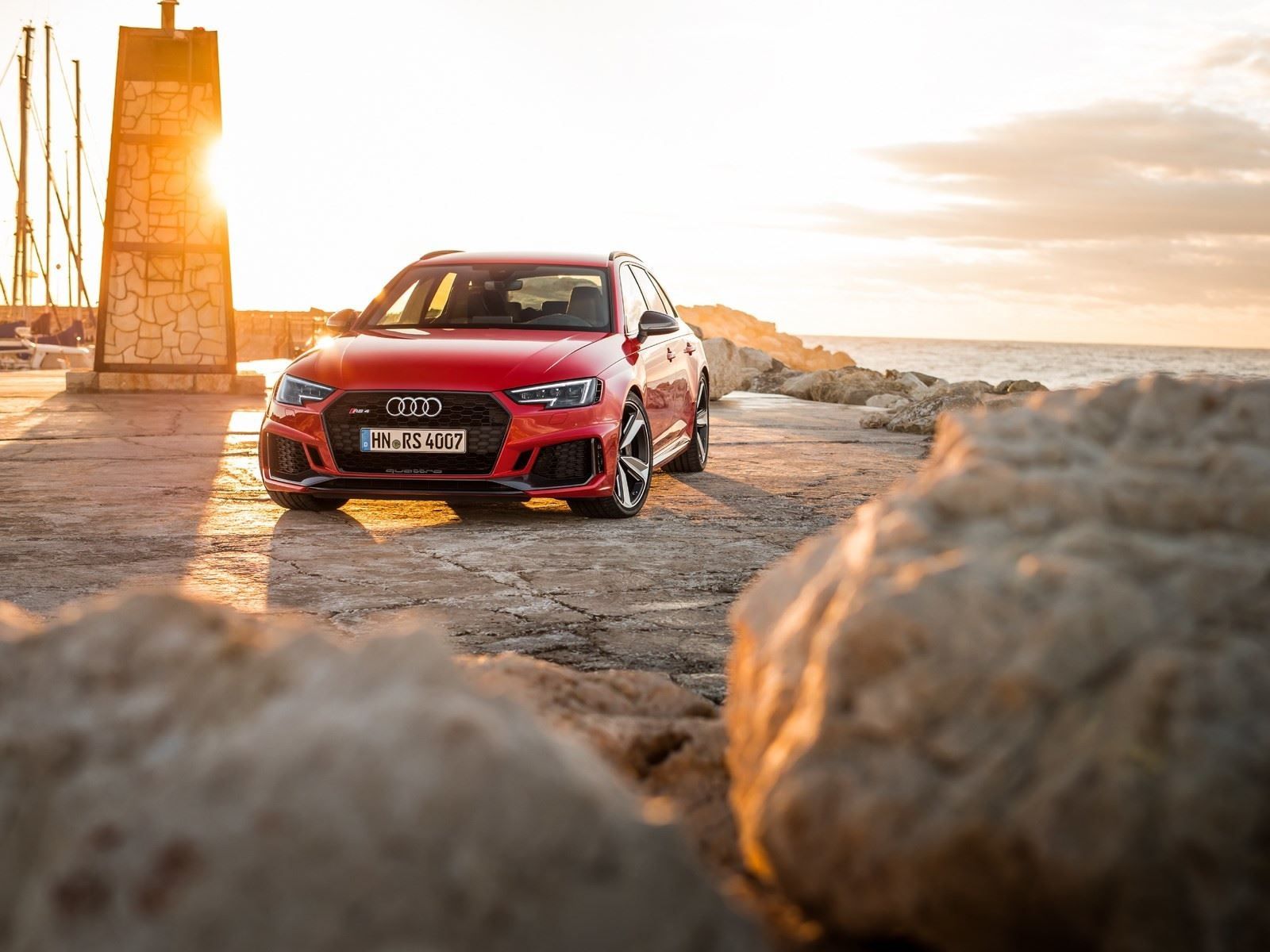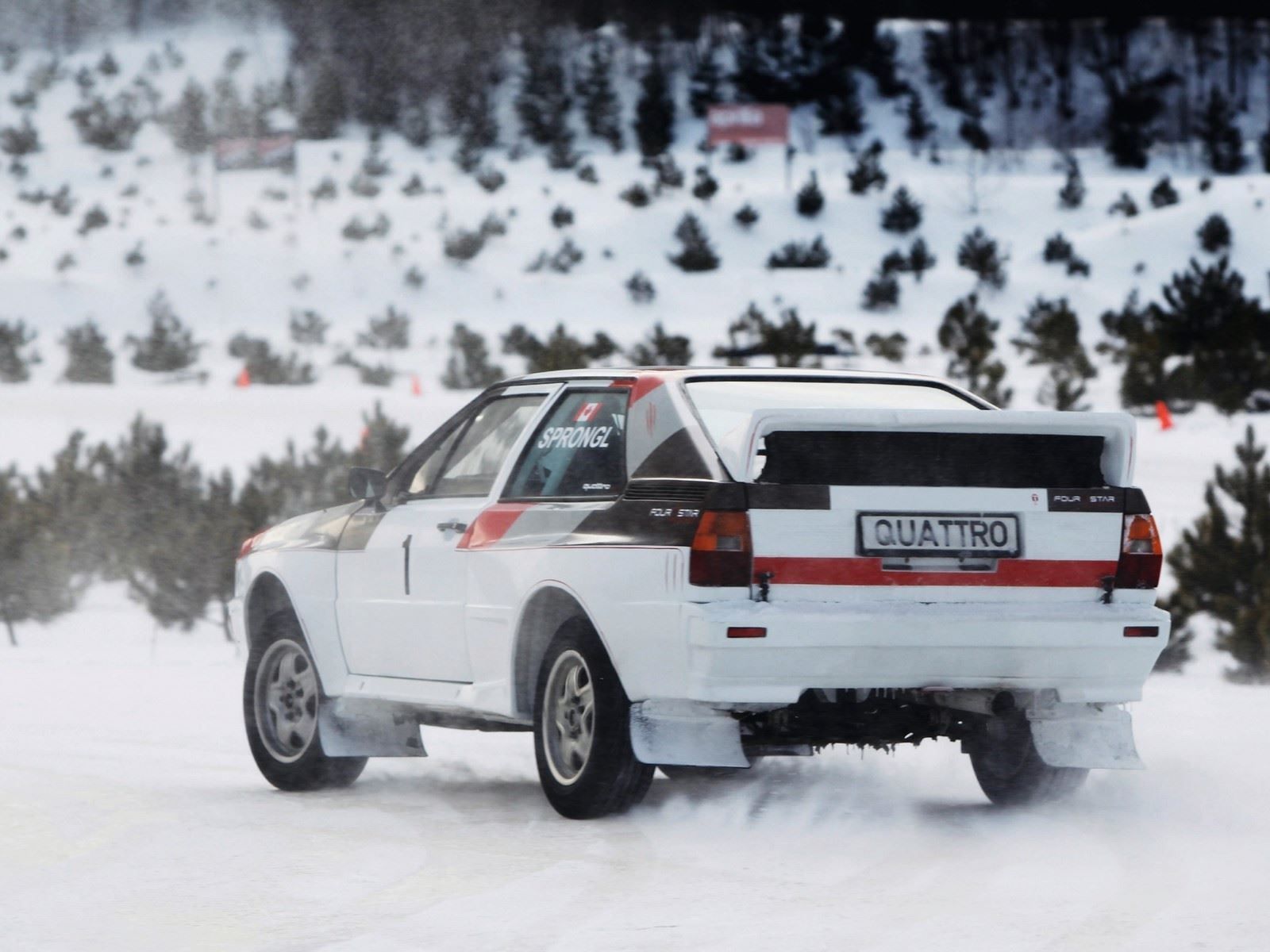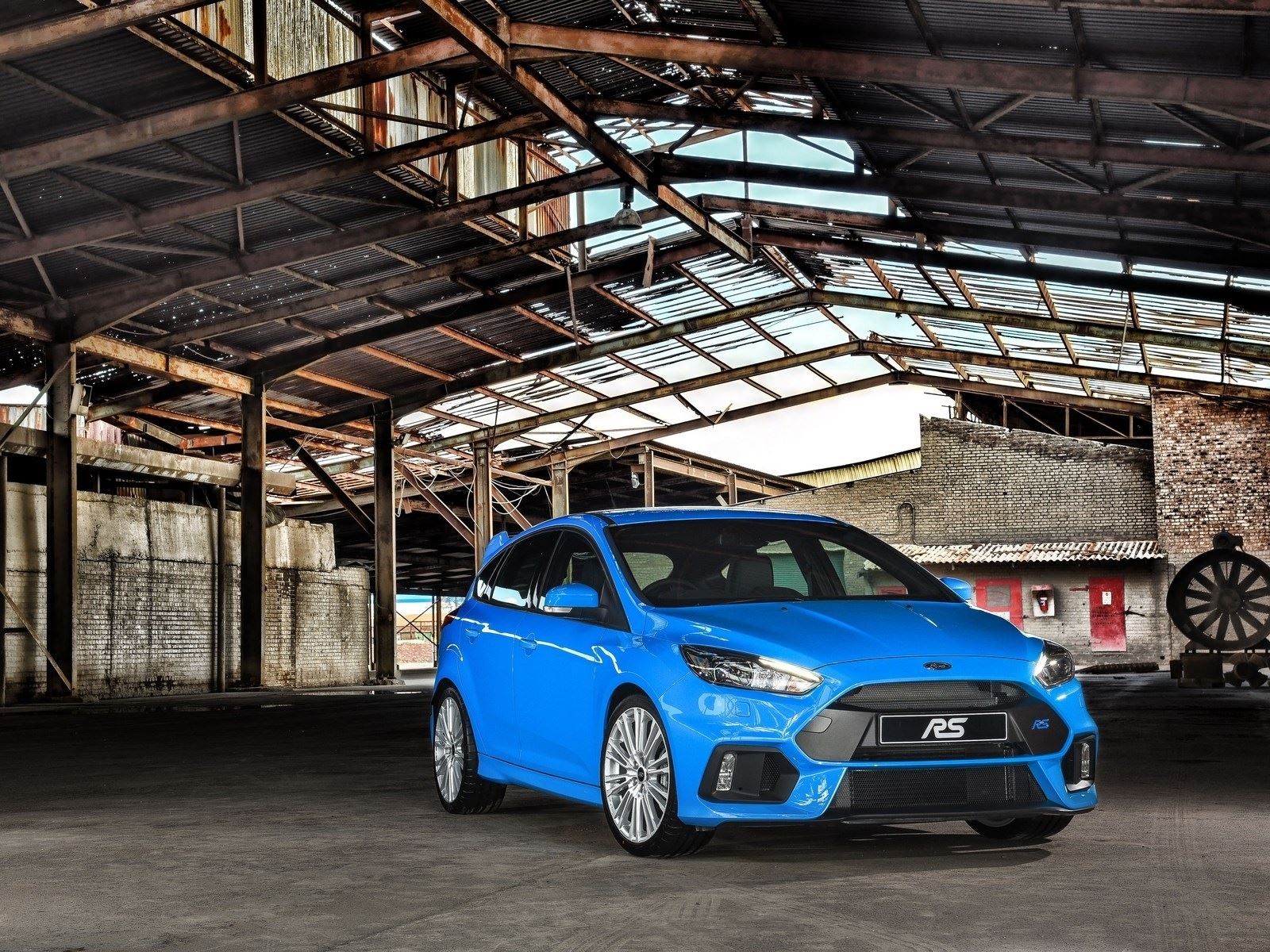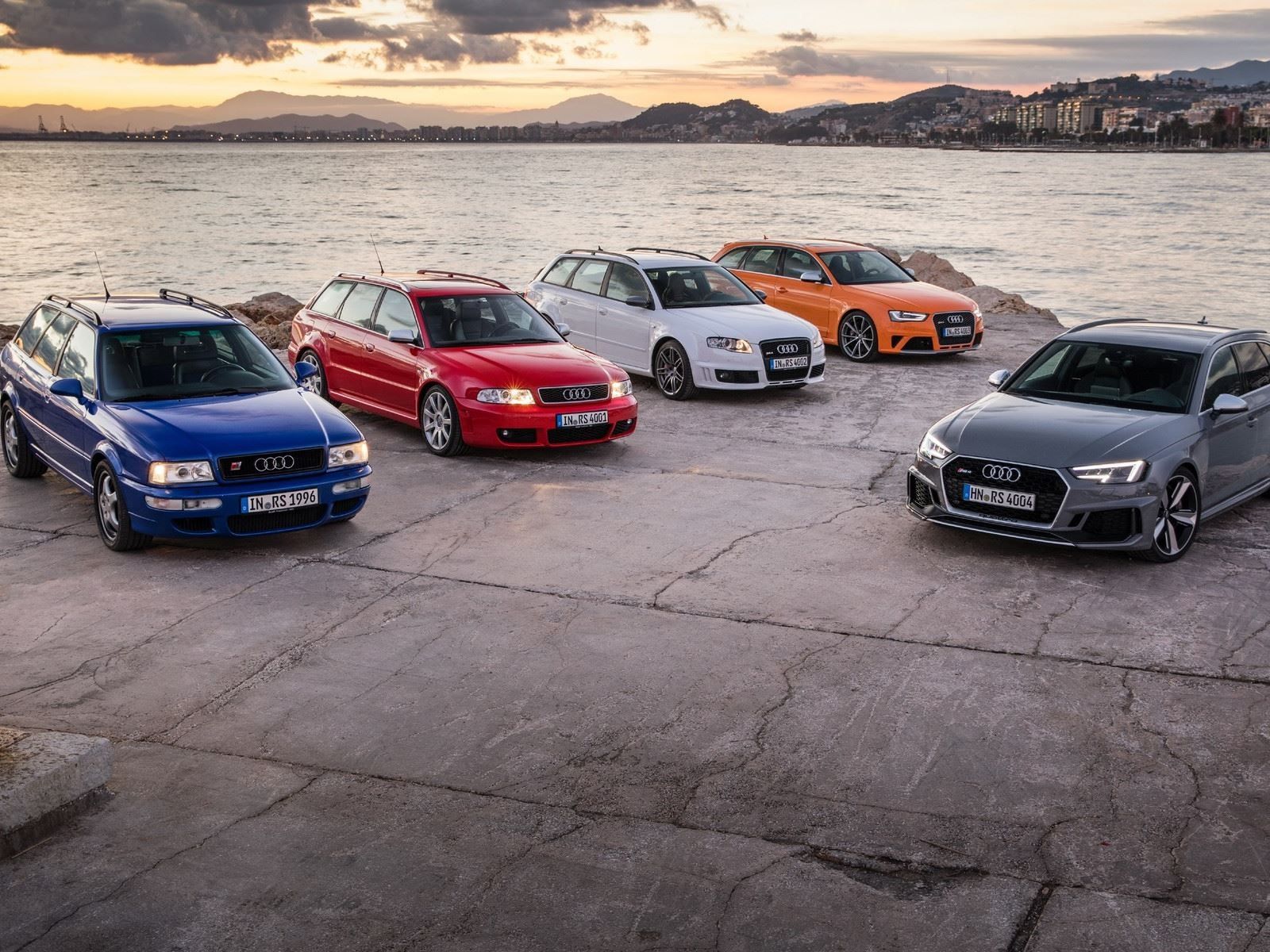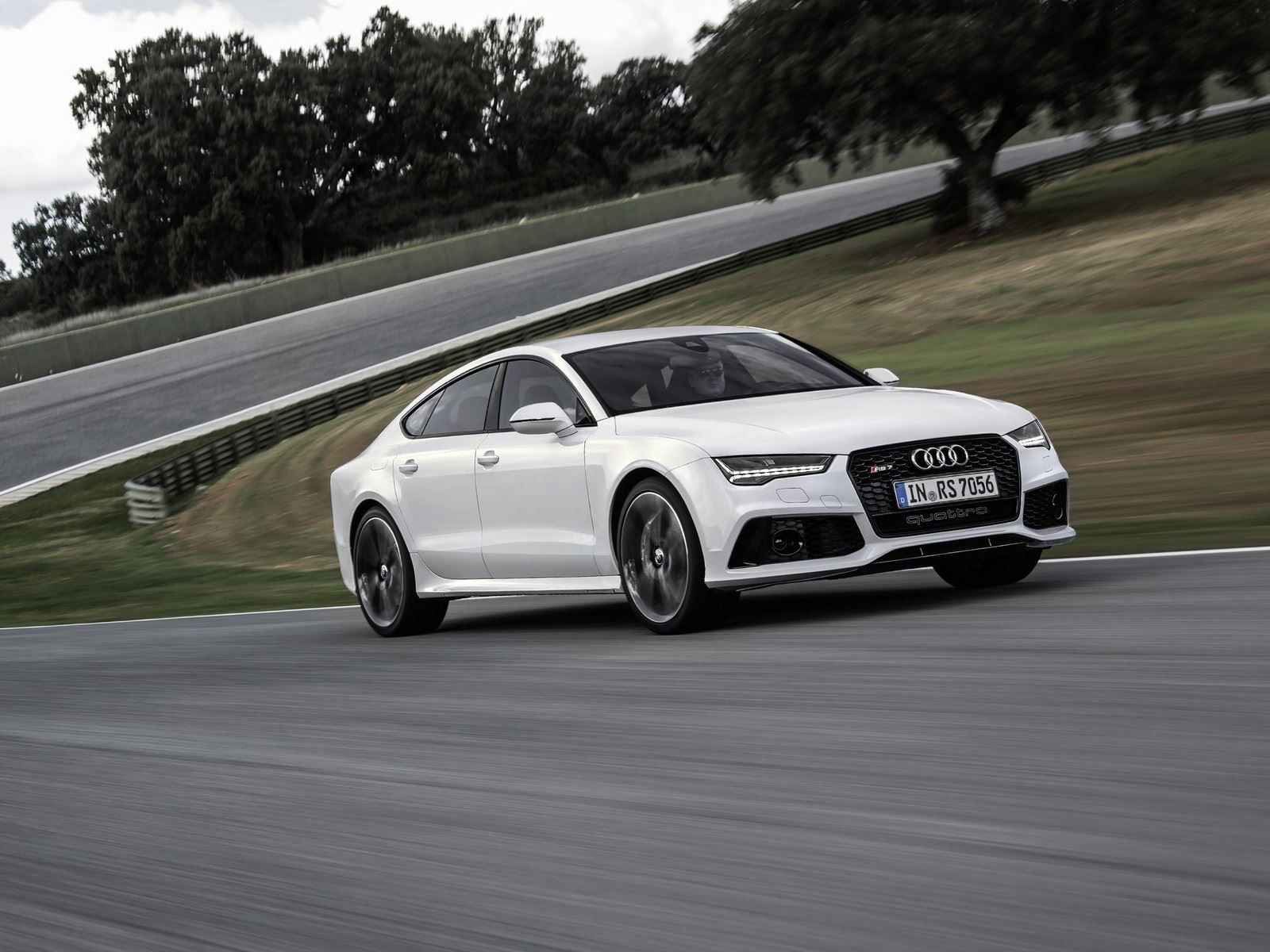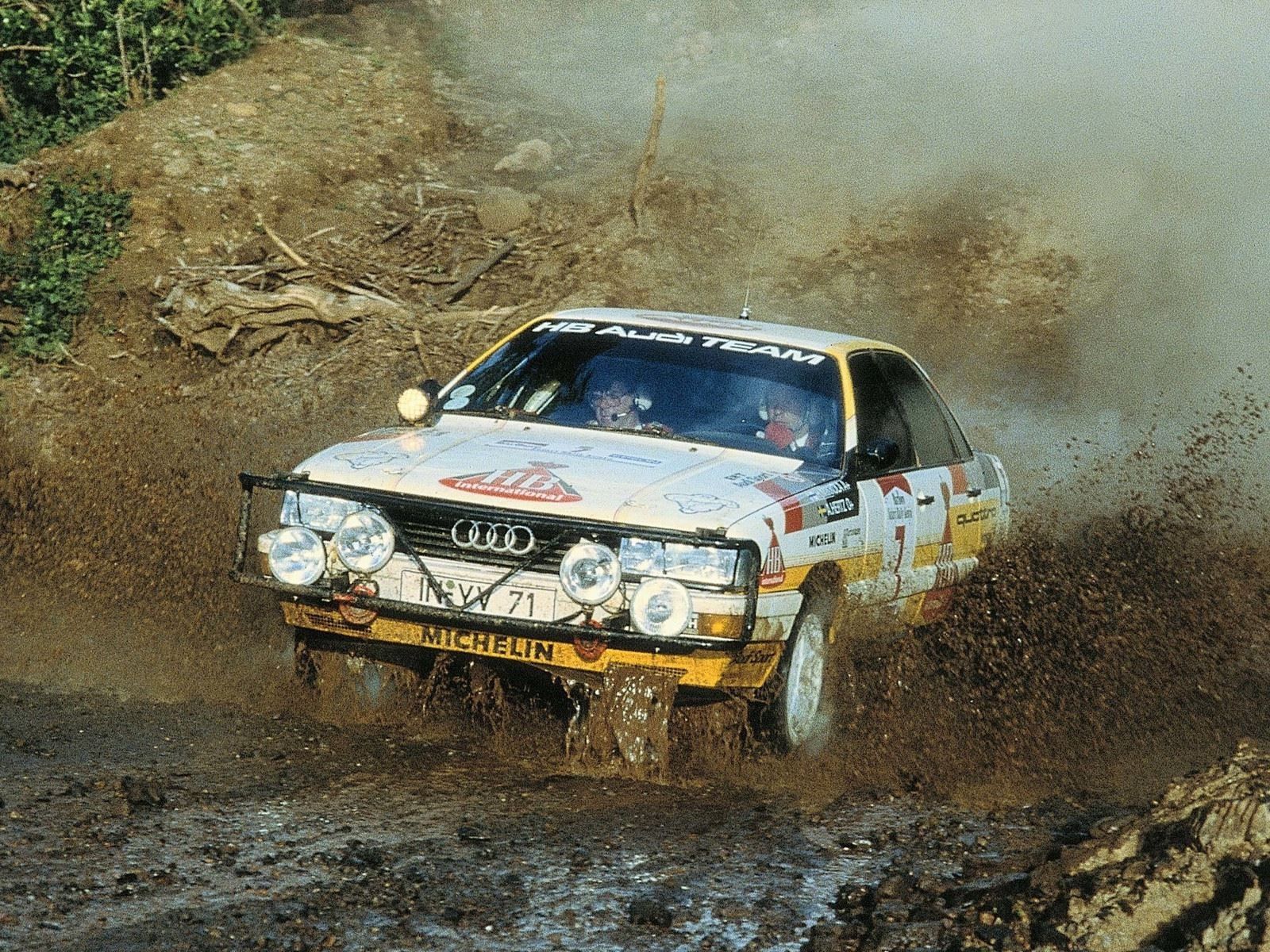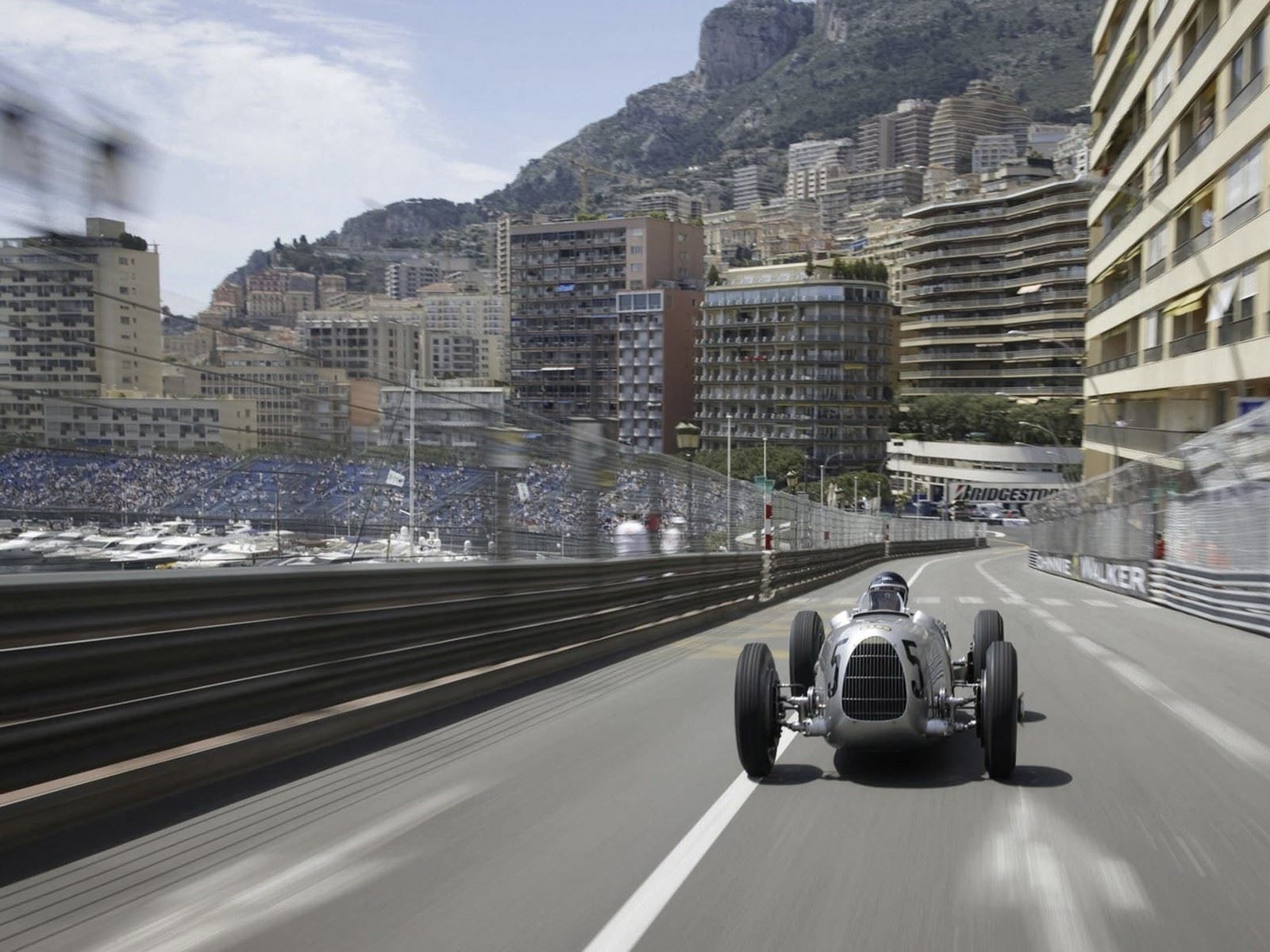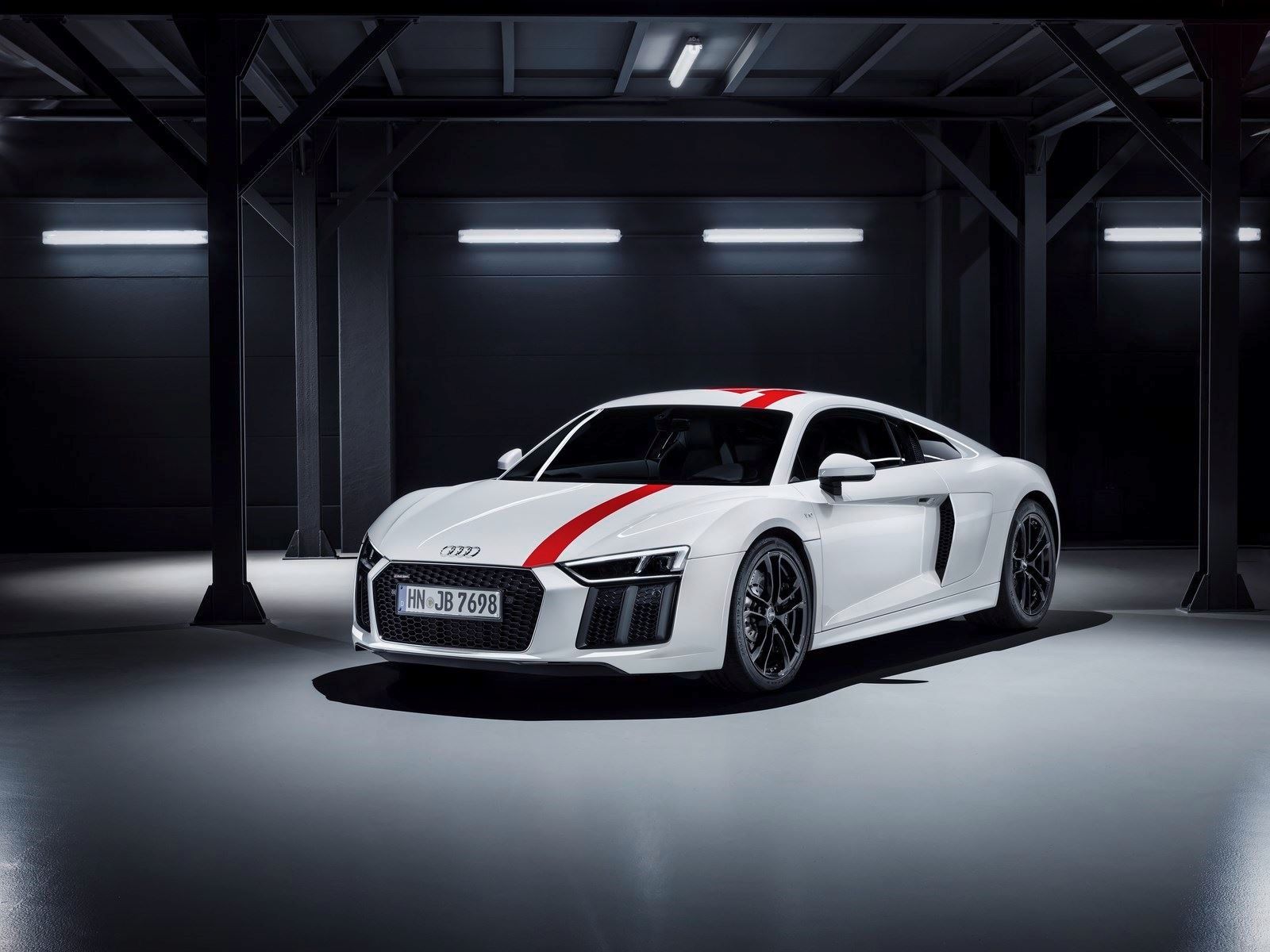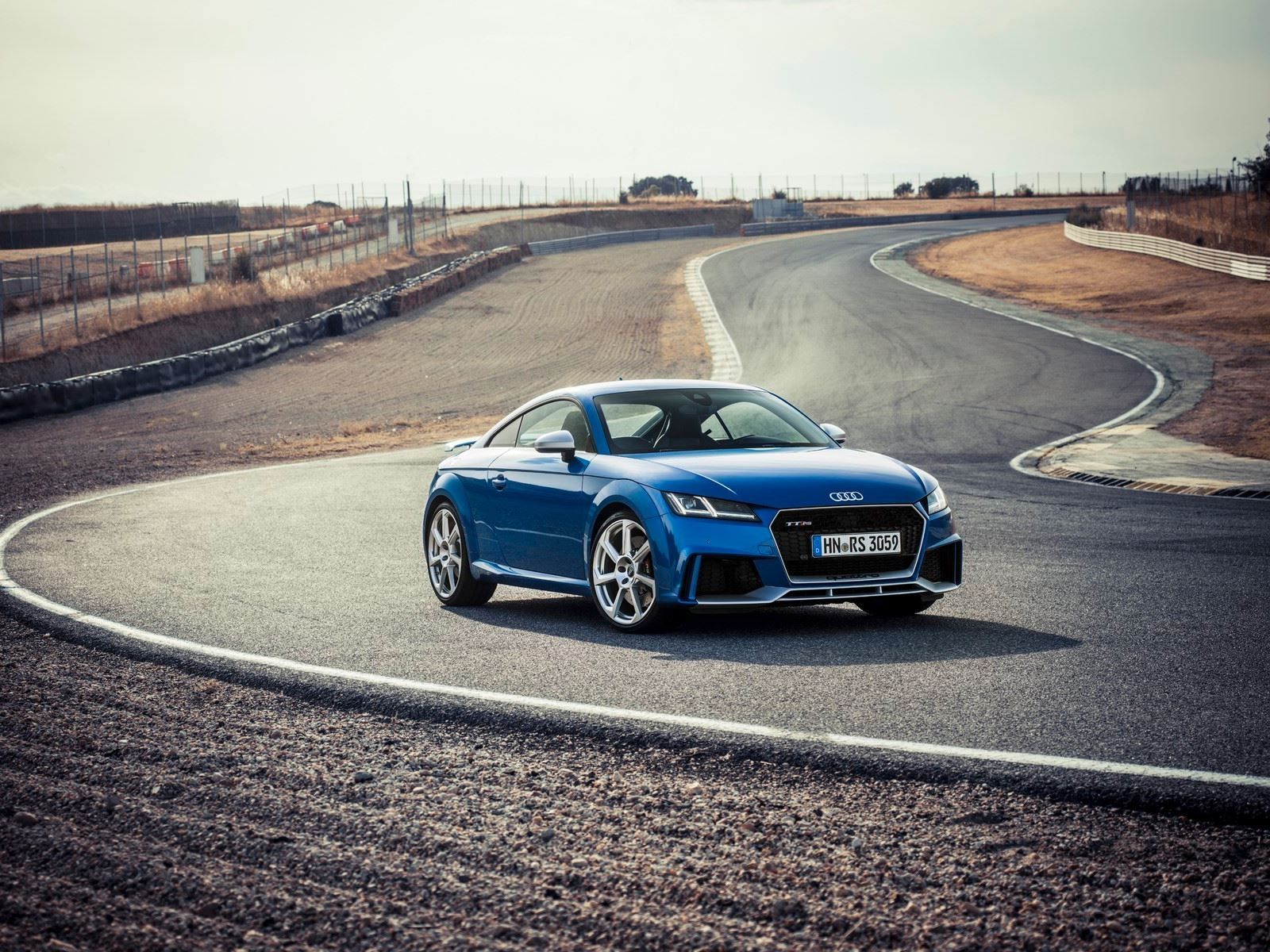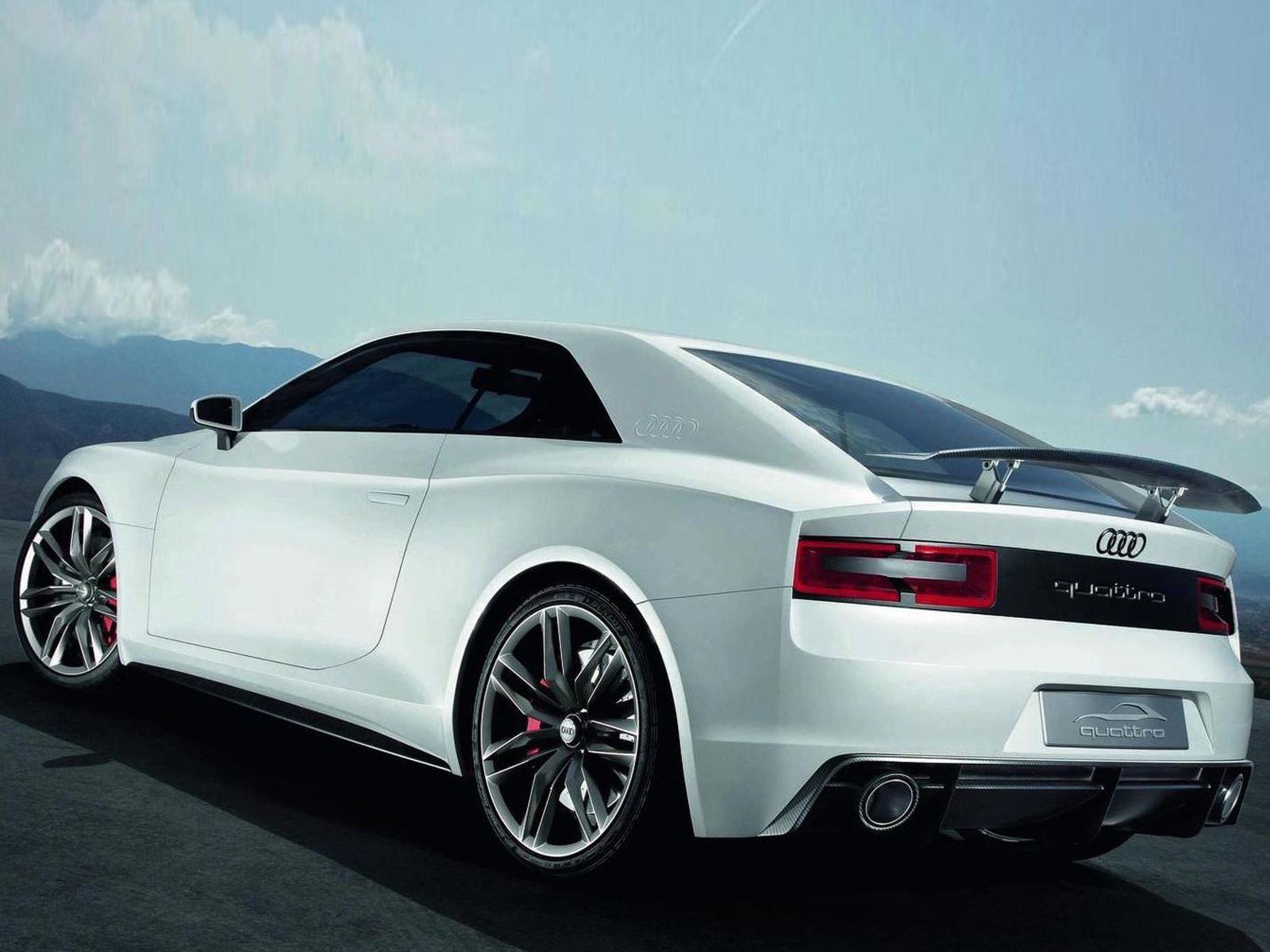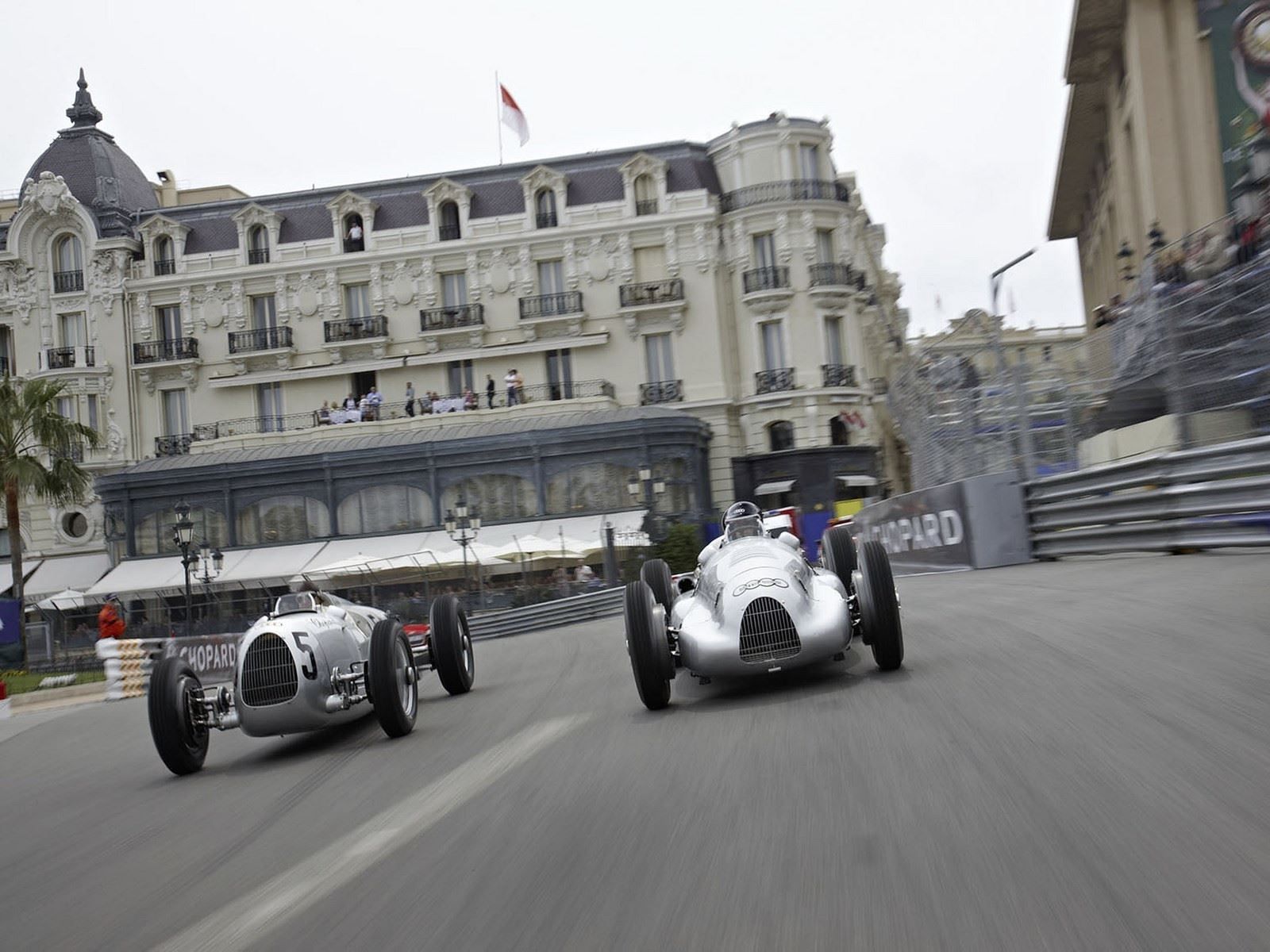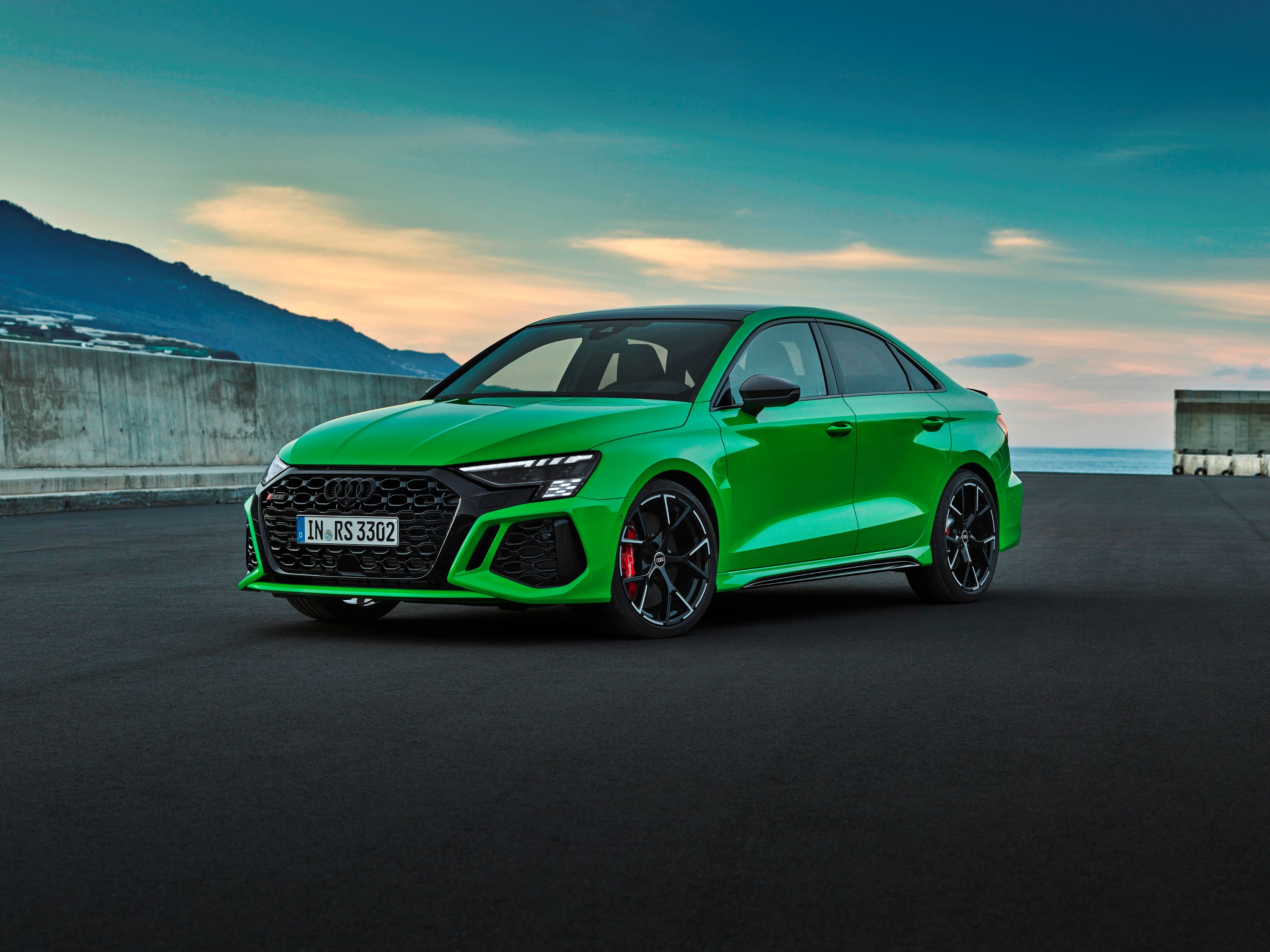
Before Audi became Audi as we know it today, it went by the name of Auto Union – an amalgamation of four German automakers that was founded in 1932. Along with Mercedes-Benz, Auto Union enjoyed huge success in motorsport – particularly in Grand Prix racing. It's widely known that Mercedes' racers were referred to as the Silver Arrows, but it was a title bestowed upon the silver Auto Union racers too – due to their joint dominance of the sport along with their Mercedes-Benz counterparts.
Building The Behemoth
Audi's Rise to AWD Glory Fast forward to 1980, and Audi would once again dominate motorsport, albeit one of a different kind entirely. The Quattro was a turbocharged all-wheel drive machine, and it became one of the most dominant rally cars of all time – redefining the sport and introducing the world to the performance benefits of all-wheel drive, taking 22 wins between 1981 and 1984. It wasn't without the help of some talented drivers though – including the likes of Walter Rohrl and Stig Blomqvist. The Quattro was of significant importance for Audi, as it would set the course for Audi's road going cars for the next 4 decades.
Not only would the Quattro be homologated for road use, but all-wheel drive – touted as 'quattro' – would become a signature trait of not just Audi's performance models, but even their everyday drivers; making them synonymous with being the perfect all-road, all-weather machines. Its performance cars took quattro to a new level – starting with the 1994 Audi RS2; the first RS model. The RS2 was a joint development between Audi and Porsche – combining signature elements for Audi such as the Avant station wagon body, all-wheel drive, and a turbocharged 5 cylinder engine.
Its 311 horsepower gave it immense performance, cracking the 0-62 mph sprint in 4.8 seconds on its way to a top speed electronically limited to 162.8 mph. Performance off the line was so immense, that it was tested running 0-30 mph quicker than a McLaren F1 could. The RS2 paved the way for the B5 RS4 Avant – it followed a similar recipe to the RS2, but with a twin-turbo V6 engine. More Audi RS models followed, including the first RS6, RS3, TT RS, and an RS5. At the core of every Audi RS model, the basic recipe was the same; one endearing engine – be it a turbo inline-5, V6, V8, or V10 – and all-wheel drive.
The highpoint of this formula, many will argue, occurred with the B7 RS4; powered by a 4.2-liter naturally aspirated FSI V8 with a 6-speed manual transmission, the 60:40 RWD torque split made it razor-sharp, while the flat-plane V8 sang a glorious tune that few could resist. While the current generation Audi RS3 may live up to similar standards of dominance - and of course soulfulness with the 2.5-liter 5-cylinder - Audi has largely fallen from grace.
Oh How The Mighty Fall
Where once it dominated motorsport, Audi is no longer pertinent in the world of rally, withdrawing completely from the World Endurance Championship it dominated for so long. Audi's have now become sterile, inert things to drive – and innovations such as adaptive steering have been widely criticized for the lack of linearity, predictability, and overall ability to involve a driver as they should. Admittedly even the likes of BMW have lost the plot when it comes to steering feel – only Alfa Romeo's Giulia Quadrifoglio can really boast an involving steer – but it's one of many issues plaguing Audis of late.
The biggest blow to Audi's dominance and ego has come in the form of all-wheel drive. Audi, once kings of the AWD drivetrain, have now resorted to front-biased systems that place efficiency over efficacy in their regular model ranges. Since 2010, Audi has used the same 'Generation V' quattro in its performance models – albeit a system that pioneered the torque vectoring rear differential – but whilst Audi's systems have stayed pretty much the same, the rest of the motoring world has developed newer, more innovative systems.
The likes of GKN Driveline have engineered rear-biased systems such as those found on Jaguar's F-Type SVR, and they've engineered front-biased systems with unique rear clutch packs to provide active torque vectoring unlike anything seen on AWD before - systems we see in action in the new Buick Regal Sportback and Regal GS. More importantly, this same system has been utilized to give the Ford Focus RS a damn 'drift mode' by sending extra power to the outside rear tire. Audi? Well it uses Haldex drive in the RS3 and TT - just like always, with a maximum 50% rear bias and brake based torque vectoring.
But OK, that's the realm of front-drive based hatchery – what about their full size sedans like the RS4 and RS6/7? Audi's recent performance all-wheel drive systems have been quite advanced – the active sport differential provided genuine mechanical torque vectoring before it was cool, since its introduction in the S4 sedan of 2008. But you need only cast your eyes towards Munich or Stuttgart to see what BMW and Mercedes-AMG think of quattro – they've wiped it aside in one fell swoop, equipping the M5 and E63 with trick all-wheel drive systems that out-accelerate the Audi RS6/7 twins, and yet at the press of a button, they resort to their historically hooliganistic selves as rear-wheel drive only sports sedans.
All-wheel drive was once Audi territory; and they'd done a pretty spectacular job of it. Yet in the space of a single generation Mercedes-AMG and BMW M have come along to not only match it by copying the torque vectoring, but create systems that arguably best the latest performance iterations of quattro.
Fall Down Seven Times, Stand Up Eight
Audi can get back to the summit though. Just as it once revolutionized the world of performance, it can do so again - albeit with a slightly different train of thought. Audi must cast aside its aspirations of 'easy speed' at the expense of driver involvement and it needs to embrace the thrill of driving, the adrenaline rush that was once synonymous with the brand's racing exploits. There's a glimmer of hope for them with the Audi R8 RWS (Rear Wheel Series) - a sign that they're trying to make their cars more exciting.
But if Audi are to succeed, it'll need to make more than just an exciting halo car –it will also need to appeal to the man on the street. How then? As Audi did once before, it'll need to link up with Porsche – but this time instead of launching a potent wagon, it needs to launch something sportier. At the expense of its own TT – sometimes casualties are necessary. Audi needs to engineer a mid-engined, rear wheel drive sports car to inject a dose of adrenaline into a dying performance brand. Porsche already has the 718 Cayman and Boxster, so Audi need only borrow the platform and drop its 2.0-liter TFSI motors into the mix; or better yet, the 2.5-liter 5-pot!
Style it like the Audi quattro concept from the 2010 Paris Motor Show, and sell it with a flashy name like the 'R5' or 'Neu Quattro' (Ur Quattro refers to the 'Original Quattro') and inject a bit of spice where the brand has frozen over. A rear-wheel driven Audi for the layman – who would've thought it possible? But its 'daily' models aren't exempt from the overhaul. No, the all-wheel drive versions would need a newfangled system – likely one engineered by GKN rather than Haldex – and the Audi engineers would need to learn to have fun again. They've become sterile and inert.
But if Audi can pursue driver enjoyment first and foremost, imbued with its current ability to produce comfortable, superbly built premium vehicles, it'll capitalize on the buyers that have been stranded by BMW's recent departure from 'sheer driving pleasure.' Audi has to reinvent themselves, not just with a mere makeover and a change of clothes, but with a change in lifestyle. It needs to cast aside the accountant-like demeanor and hit the gym, go mountain climbing and bike riding. It needs to become the motoring equivalent of the modern man – one as intelligent as he is physically capable. It's simply not enough to be a one-trick pony anymore – Audi needs to become an apex predator.


